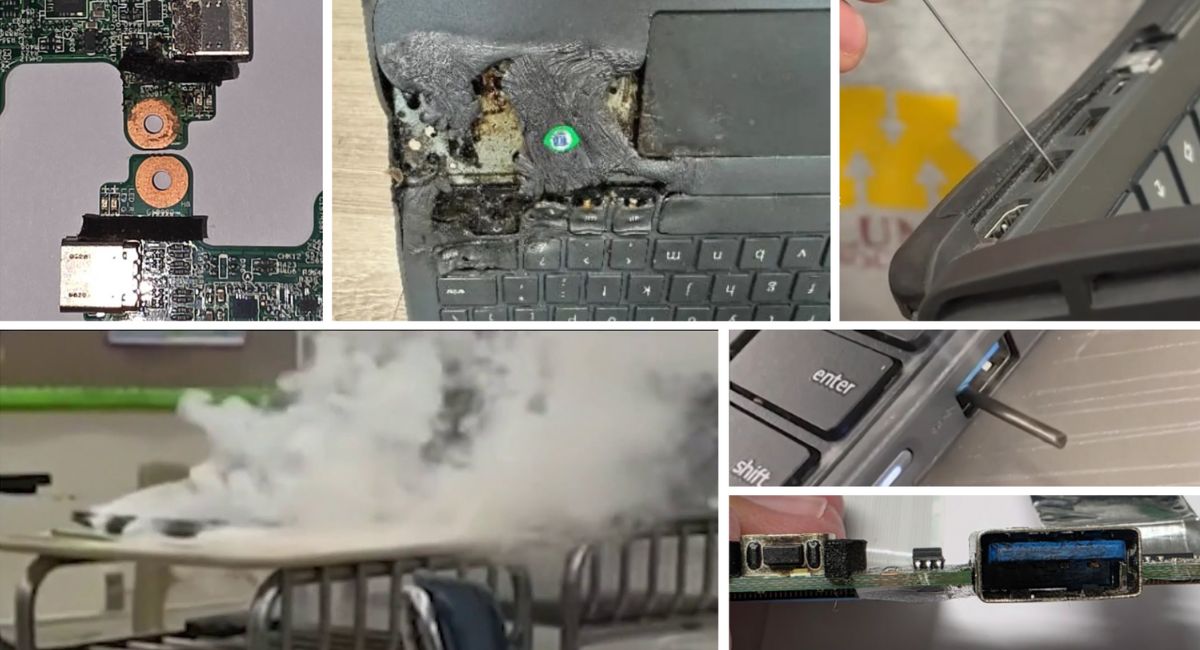With the new school year in full swing, K-12 educators and administrators are gearing up for another exciting journey filled with opportunities and challenges. Amidst the bustling excitement, the echoes of a crucial conversation resonate louder than ever: the need to prioritize wellness, both for students and staff. This year, let’s embark on a mission to navigate the academic waters while ensuring our own well-being remains intact. In a recent episode of The K12 Tech Podcast, Marlo Gaddis, K-12 educator, CEO, and COSN member, rightly emphasizes, “We’re having conversations now that we’ve never had before about wellness, both for our students and for our staff.” Burnout is something that everyone experiences. Here are some ways we can avoid it:
1. Prioritize Communication and Openness
Begin by cultivating an open and approachable atmosphere. Encourage open dialogue about work-related concerns, workload, and stress levels. Make an effort to understand your team members on a personal level, as this insight will help you provide targeted support.
2. Set Realistic Expectations
While we all strive for excellence, setting achievable expectations is key to avoiding burnout. Collaboratively set goals that challenge your team while acknowledging their capacity. This will prevent unrealistic workloads from building up and causing undue stress.
3. Flexible Work Arrangements
This year, consider implementing flexible work arrangements where possible. While not possible for every position, especially within a K-12 environment, remote work days or adjusted hours can provide much-needed breathing space for staff members juggling personal and professional responsibilities. Consider how you can provide the flexibility that your staff members need in order to achieve a balanced life.
4. Encourage Breaks and Downtime
Remember, downtime is not a sign of inefficiency; it is a necessity for sustained productivity. Encourage short breaks during the workday and lead by example by taking your own breaks. Consider designating “tech-free” hours to allow for uninterrupted personal time.
5. Provide Professional Development Opportunities
Offer opportunities for professional growth that align with individual interests. When staff members are engaged in projects they’re passionate about, their energy and motivation are replenished.
6. Foster a Supportive Community
Create spaces where your team can connect and support one another. Whether it’s through team-building activities, wellness challenges, or informal gatherings, a strong support network can work wonders in preventing burnout.
7. Recognize and Celebrate Achievements
Acknowledge the accomplishments of your team, both big and small. Regularly celebrating achievements not only boosts morale but also reinforces the value you place on their hard work.
8. Practice Self-Care
Lastly, don’t forget to practice what you preach. Model self-care behaviors and share your own experiences with finding balance. When your team sees that you prioritize your well-being, they’ll feel more empowered to do the same.
In the words of Marlo Gaddis, “They (employers) make the biggest impact when it comes to work/life balance, because they’re the ones who should know their employees and know what they need and know how to help them when they’re facing that burnout.” Let’s embrace this challenge as an opportunity to lead our teams by example and build a culture that prioritizes well-being. This school year, let’s not only foster the growth of our students, but also nurture the growth of our own resilience and balance.
Remember, a well-balanced team is a resilient team– ready to take on any challenges that come their way. Let’s make this school year one that is marked not just by academic success, but also by the wellness and happiness of all those who contribute to it.



